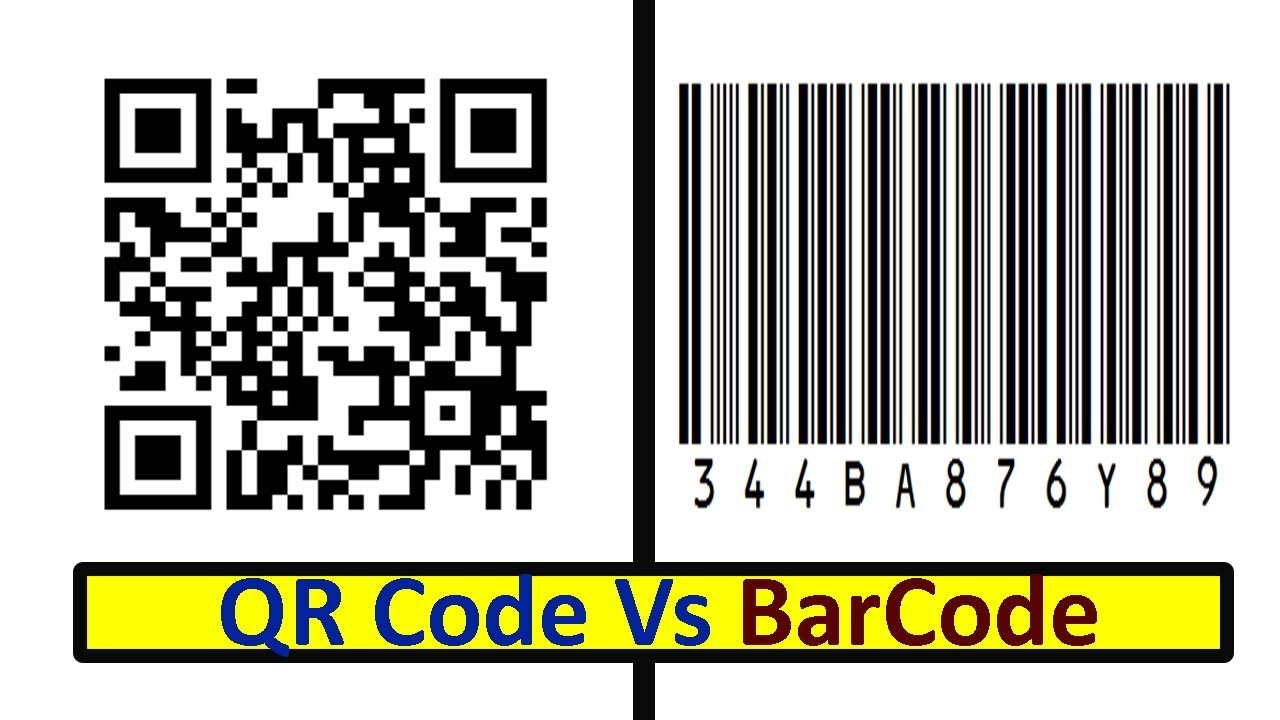As a manufacturing business, there is a necessity to carefully manage the logistics and tracking system of the products between planning for penetrating the market and beginning to market the product. With today’s efficient technology and automation software, manufacturing companies have seen a steep rise in their efficiency and how fast their logistics work to deliver the goods to the consumers on time.
Looking at how technology should make it convenient for customers to get access to complete information about their ordered product or get details about a product they would like to buy, a more advanced approach works better—using a QR code scanner. Moreover, online and digital payments have become a thing of the present and a future; finding out the best free payment gateway is crucial for a successful business, especially for merchants and manufacturers.
But Barcode is a convenient way of tracking packaging and inventory in the manufacturing industry. So which one would act as a point of convergence? Before differentiating which scanning and tracking method would suit the manufacturing industry, getting a short overview of Qr code and Barcode is better. It would better determine whether the manufacturing industry should stick to old values or adapt to innovation.
Understanding QR Code & Barcode
QR code or Quick Response Code is a two-dimensional (2D) modern Barcode that combines small dots and squares to provide information like an email address, redirecting to a website URL, and so much more when scanned under the QR scanner. Usually, QR codes act as the best free payment gateway method for the customers to pay at a retail store or supermarket; however, post the pandemic, many restaurants offered customers the facility to see the menu and order food after scanning the QR code.
On the other hand, Barcode combines vertical one-dimensional (1D) strip lines forming a pattern on a tag mainly used in manufacturing firms to tag inventory and items. Barcode helps officials track the shipped products as they are on their way to reach a specific destination. They consist of numeric values making it easier for personnel at a store to manually enter the barcode number if the Barcoding machine cannot read it.
Both have a role to play, especially barcodes by manufacturing firms to track their goods and manage inventory. But the limitations tend to increase now as technology advances and makes it easier for businesses and customers to use the QR scanner and get sufficient details. So here is how QR Code makes for a better way of managing inventory, making payments, offering data, and tracking logistics.
QR Code Vs. Barcode: How is one better than the other?
Several factors can determine how QR codes can be or cannot be a better option than Barcode for manufacturers:
Ability to keep more Data/Information
The one-dimensional feature of Barcode makes it less prone to keeping more data or as it is only possible to scan it horizontally. That’s why manufacturers have to limit the number of characters for storing information about a product or item type.
However, in the case of QR codes, you can store as much data as you want. When it can redirect one to a website or act as the best free payment gateway, you can only imagine the advantage over Barcodes. The Quick Response code is two-dimensional, which means one can scan it vertically and horizontally.
Scanning is Easy
In a business, the more you introduce yourself to technology, the easier it becomes to run an organization and its operations smoothly. Similarly, QR codes can better prepare manufacturers to scan the tags on the items.
Yes, barcodes indeed allow you to enter the numeric values and see the data manually, but that is because it often becomes an ordeal to scan a barcode. On the other hand, QR code payment are easy to scan with a smartphone from anywhere until the code is created correctly.
Rectifying any Errors
A source reports an error rate of 7-30% in the case of QR codes which makes it a better choice than Barcodes. At times, the code printed on products or goods are incorrect, but the QR Code can still easily detect it, or if the QR code is dirty, it could be scanned under the QR scanner.
Even more so, it would work the best when manufacturing companies are trying to track the product. If the Barcode is broken or has errors, it becomes difficult to read it. That’s why businesses now rely on QR Codes when it comes to error correction.
Hence, QR codes are an obvious choice for manufacturing units to manage and track their goods.


